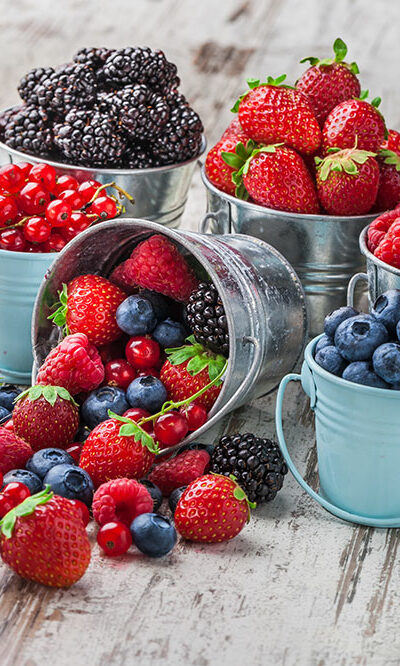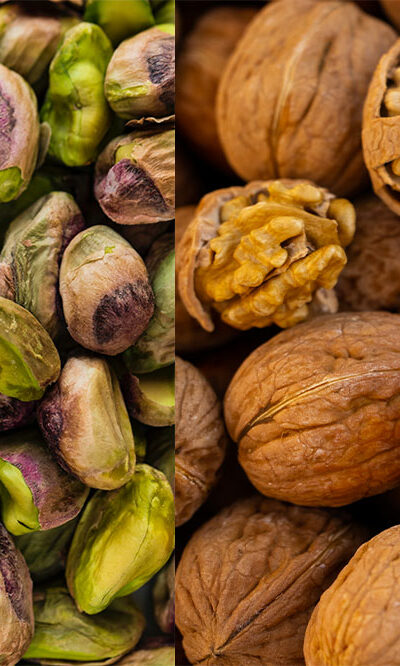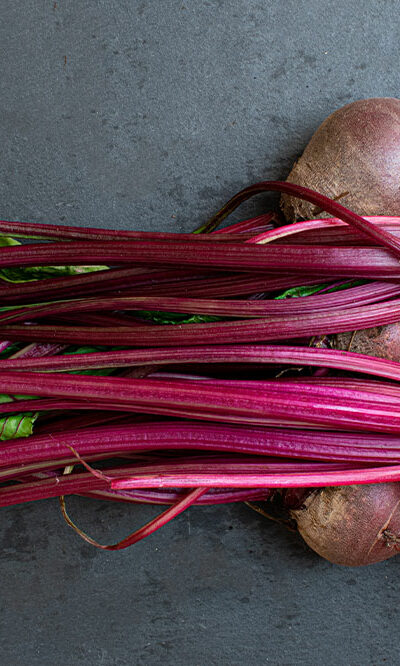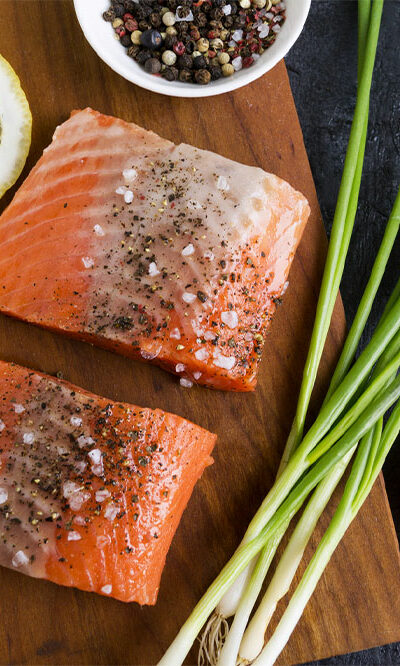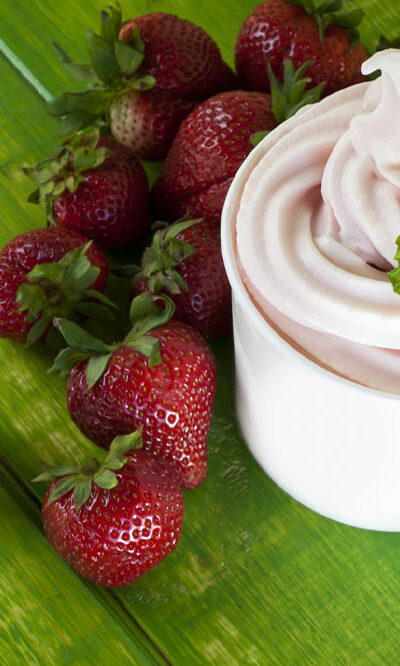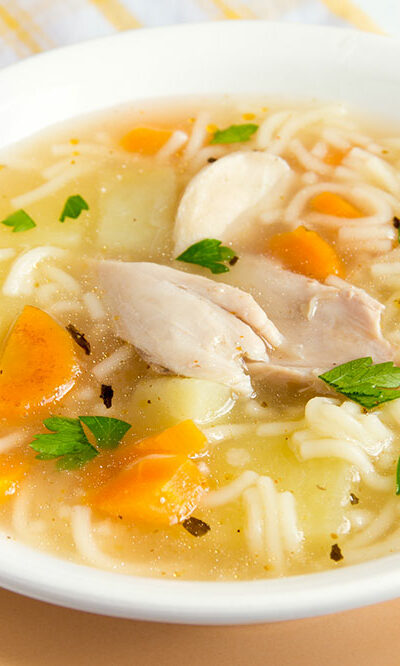
Foods and home remedies to manage flu
When a person is down with the flu, they may not feel like eating much. However, healthy food is essential to keep the bug down. Fevers, body aches, colds, and cough take a toll on the body, leading to added weakness. Foods that are high in nutrients add to the body’s defense and make the immune system stronger to fight the illness. Here’s a list of foods and home remedies for flu relief. Foods for Relief from Flu Chicken soup Chicken soup contains vitamins, minerals, calories, and proteins, which are required when you’re down with flu. It is packed with amino acid cysteine, which is known to have antiviral, antioxidant, and anti-inflammatory effects. Additionally, chicken soup is a complete meal that boosts immunity and opens up blocked nasal passages. Broths Any kind of broth is a rich source of fluids, nutrients, and electrolytes. It is easy to digest, rich in collagen, and reduces dehydration, promoting faster recovery from the flu. Most broths also contain amino acids, which are an essential source of protein. Consider making or buying a low-salt broth if you are watching your sodium intake. Hot tea After chicken soup, hot tea is a popular remedy for cold and flu. Be it green, oolong, or black, hot teas help relieve nasal congestion. But make sure your tea does not contain caffeine as it can cause dehydration. Teas are also rich in cancer-fighting antioxidants and polyphenols. Home Remedies for Relief from Flu Saltwater gargles Gargling with lukewarm salt water can treat upper respiratory infections by loosening the phlegm and mucus virus. The salt in the water also helps with throat pain and nasal congestion. Dissolve one teaspoon of salt in a glass of water and swish it around your mouth and then spit. Warm baths Taking a warm water bath may reduce the symptoms of a cold and flu.





